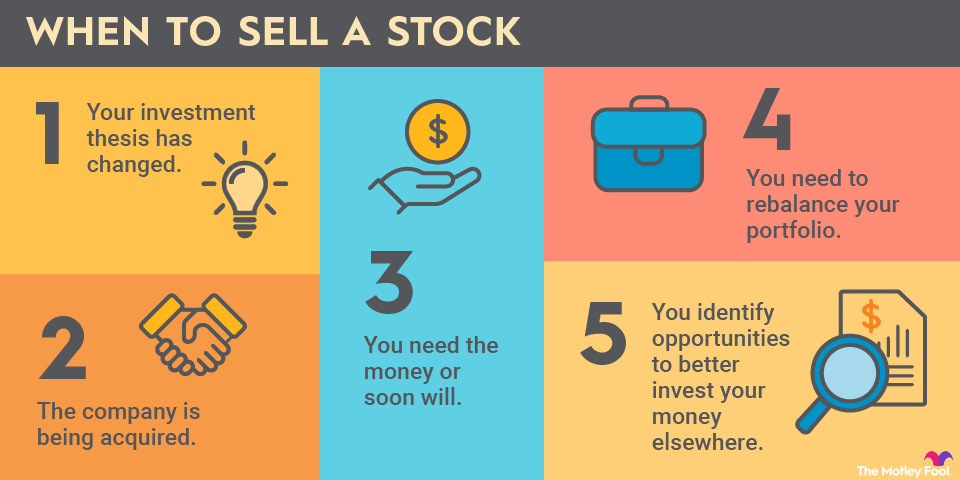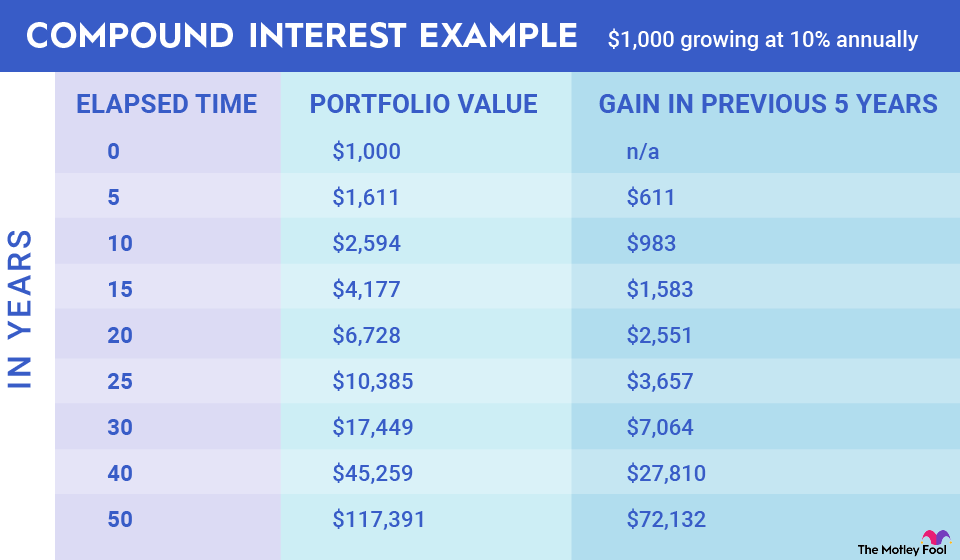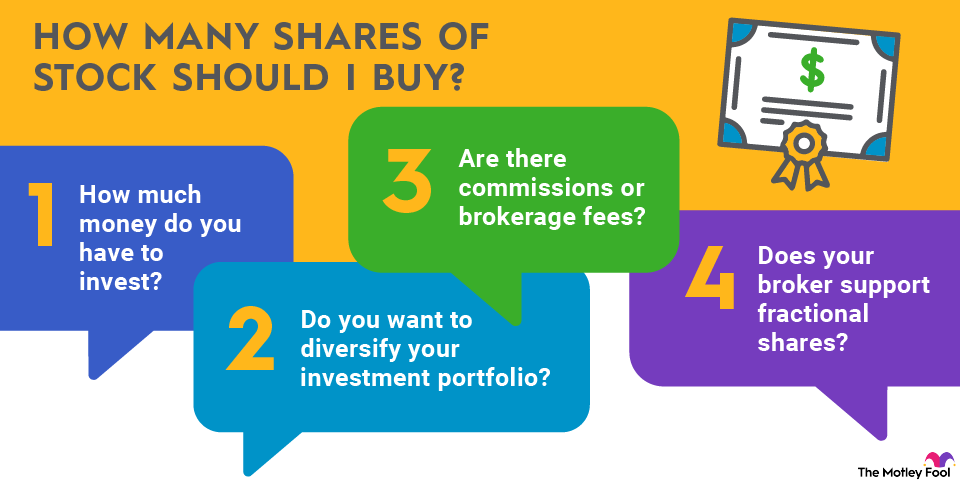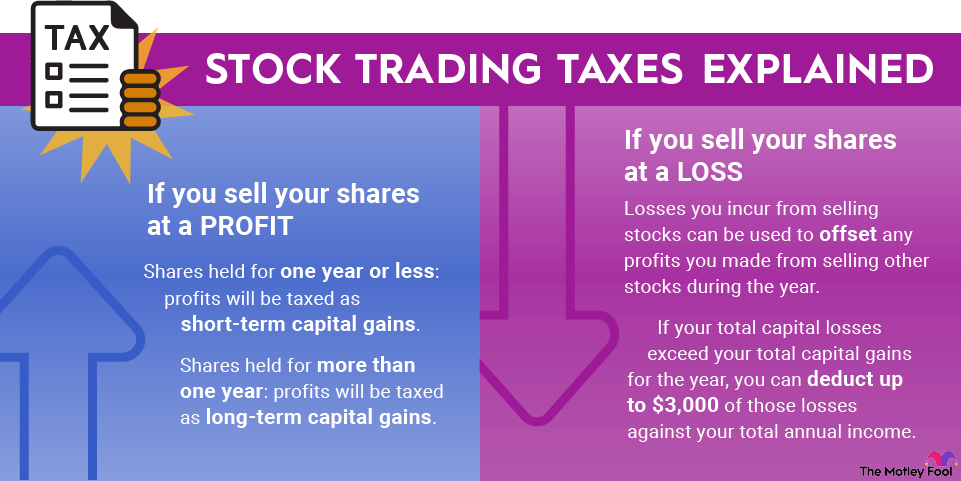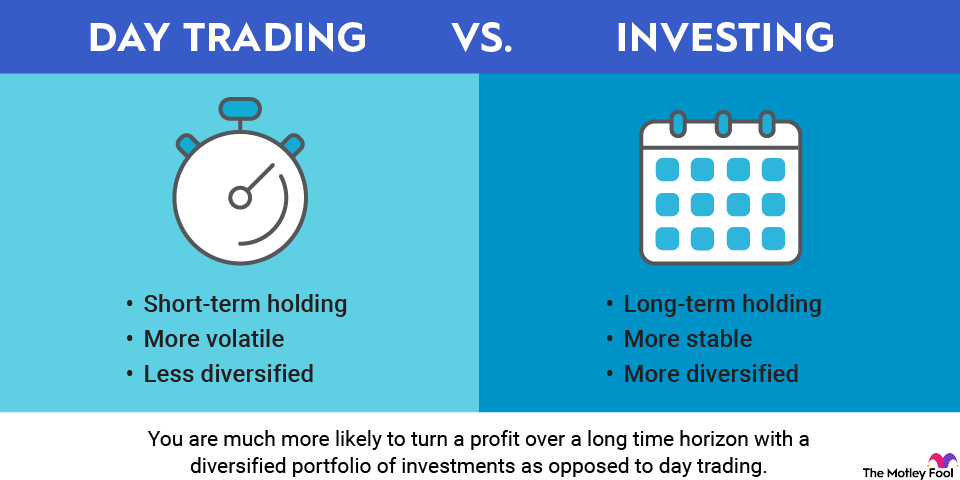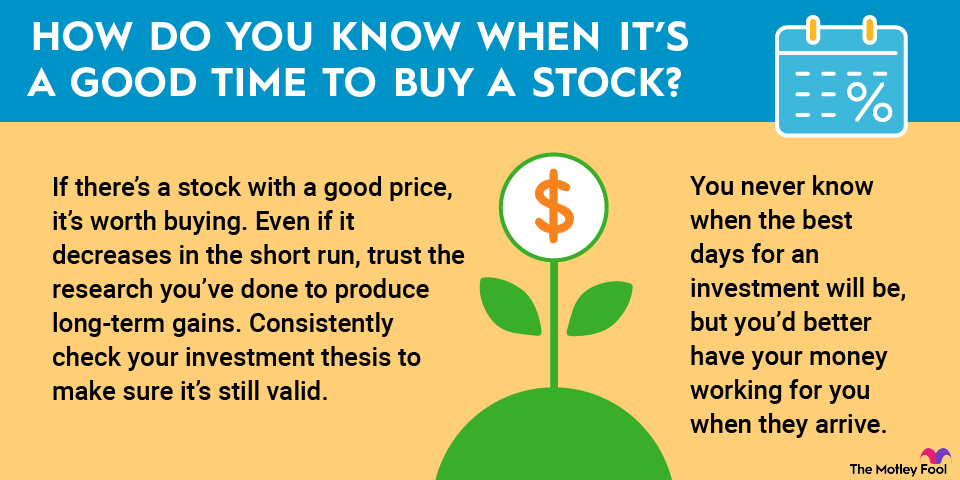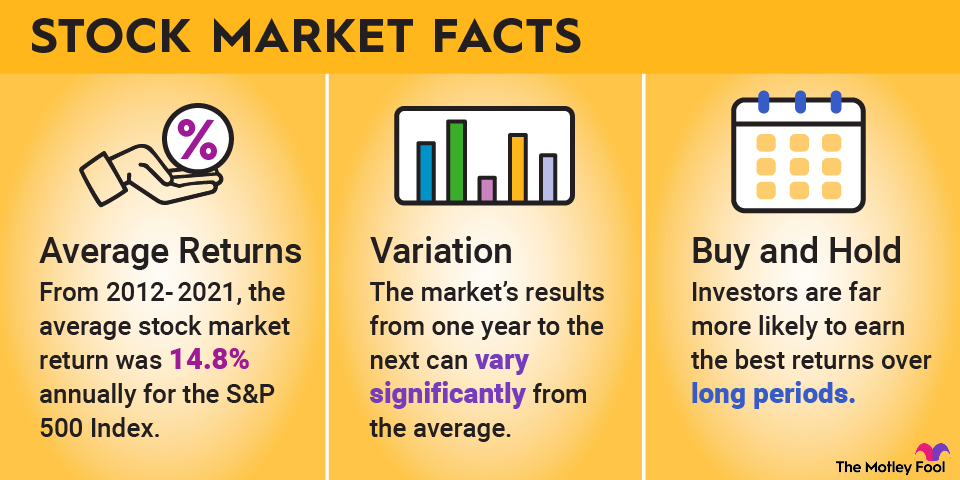
What does Instagram do?
Instagram is a social media platform that allows users to share photos, videos, short-form content known as Reels, temporary content called Stories that disappear after 24 hours, and live video. Users can also interact with one another through comments, likes, and direct messaging. The platform has added an in-app shopping platform in recent years, as well.
Facebook purchased Instagram in 2012 for roughly $1 billion -- which seemed like a jaw-dropping amount of money, considering that Instagram had just 13 employees. By some estimates, it's now the world's third-largest social media platform by monthly active users (MAUs).
How does Instagram make money?
Instagram makes money primarily through advertising. Businesses pay to place ads in various formats -- including photos, videos, and carousels -- to appear throughout the platform in users' feeds, Reels, Stories, and more.
Like other Meta platforms, Instagram has a constantly growing trove of data about its users, which allows advertisers to reach their target audience based on their demographics, habits, and interests. Say, for example, that you're promoting a new high-end skincare product. Rather than advertising to a broad audience, you could target female users between the ages of 25 and 50 who live in major metropolitan areas and follow several luxury brands. This highly targeted advertising is especially attractive to businesses seeking to maximize engagement and efficiency.
Instagram also introduced features to allow users to shop within the app in 2020. The platform earns a commission when users make a purchase.
Beyond advertising and commissions, Instagram is experimenting with a few other revenue sources, like ad-free subscriptions in the U.K. and European Union, and selling tools to content creators. However, these likely make up a minuscule share of its revenue.
Instagram's financials
Meta doesn't report revenue specific to its apps. Instead, it breaks down revenue into two segments: Family of Apps (Instagram, Facebook, and other apps) and Reality Labs (Meta's division that sells augmented reality and virtual reality hardware and software). According to Meta's latest earnings report, the Family of Apps segment accounts for more than 99% of its revenue.
However, Instagram appears to be a huge profit-driver for Meta. According to research firm Emarketer, Instagram is expected to generate more than half of Meta's U.S. ad revenue for the first time ever in 2025. The firm forecasts that Instagram's revenue in the U.S. will climb to $32.03 billion in 2025 -- a 24.4% year-over-year increase, largely driven by video Reels. The platform's revenue is expected to hit $71 billion globally in 2025.
Emarketer estimates Instagram will generate $249.68 per U.S. user in 2025, easily surpassing other platforms like Facebook ($206.59), TikTok ($131.79), and YouTube ($39.97).
Meta reported $164.5 billion in revenue in fiscal 2024, a 22% increase from 2023. Net income was $62.3 billion, a 59% year-over-year increase. Diluted earnings per share (EPS) was $23.86 for the trailing 12 months that ended Dec. 31, 2024.
Related investing topics
Recent developments
- Instagram recently hit a milestone of 3 billion monthly active users. In September 2025, Meta CEO Mark Zuckerberg announced that the platform had grown to 3 billion monthly active users (MAUs). Meta had previously disclosed the number of users for Instagram back in 2022, when the platform hit 2 billion MAUs.
- Reels are key to Instagram's growth strategy. The growth of Instagram's short-form content feature known as Reels has been vital to its growth, but it faces heavy competition from other platforms -- most notably, TikTok, which has a slightly younger audience and tends to have higher engagement rates.
- Meta is experimenting with paid, ad-free subscriptions. Privacy has long been a concern associated with social media, as platforms profit from tracking users and selling targeted advertising based on their information. In response to regulatory pressures, Meta is now offering paid ad-free subscriptions to both Instagram and Facebook in the U.K. and the European Union. The move could diversify the platforms' reliance on advertising revenue, but if a substantial number of users pay for an ad-free experience, it would lower brands' potential reach.



